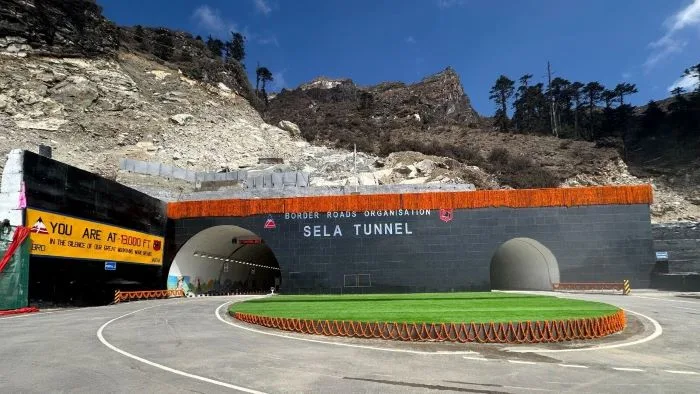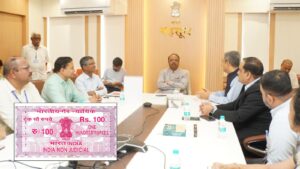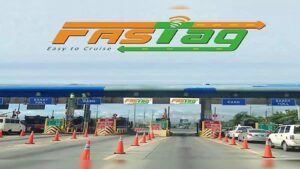5 Key Facts About the World’s Longest Twin-Lane Tunnel – Sela Tunnel in Arunachal Pradesh

World's Longest Twin-Lane Tunnel - Sela Tunnel in Arunachal Pradesh
In a significant stride towards bolstering infrastructure and connectivity in the northeastern region, Prime Minister Narendra Modi inaugurated the Sela Tunnel in Arunachal Pradesh on March 9.
As the world’s longest twin-lane tunnel, constructed for Rs 825 crore, the Sela Tunnel holds strategic importance due to its proximity to the Line of Actual Control (LAC) and elevation of 13,000 feet.
Utilizing the new Austrian tunnelling method, the project aims to provide all-weather connectivity to Tawang, facilitating faster transportation and reinforcing the Indian Army’s capabilities along the Sino-India border. This endeavour by the Border Roads Organisation (BRO) signifies a monumental feat in enhancing regional connectivity and security.
Key Details:
1. Cost and Connectivity: Built for Rs 825 crore, the Sela Tunnel is the world’s longest twin-lane tunnel. It provides all-weather connectivity to Tawang across the Sela Pass on the Balipara-Chariduar-Tawang road in Arunachal Pradesh.
2. Elevation and Construction Method: Situated at an elevation of 13,000 feet, the tunnel is strategically vital due to its proximity to the Line of Actual Control (LAC). Constructed using the new Austrian tunnelling method, it incorporates safety features of the highest standards.
3. Strategic Importance: The tunnel not only offers a faster and more efficient transport route in the region but is also of strategic importance to the country, strengthening the Indian Army’s capabilities along the Sino-India border.
4. Dual Tunnels: The project comprises two tunnels – a single-tube tunnel of 980 meters in length and a second one 1.5 km long with an escape tube for emergencies. The Sela Tunnel facilitates the rapid movement of troops, weaponry, and machinery to forward regions along the border.
5. Border Roads Organisation (BRO) Project: The Sela Tunnel project is one of the most crucial initiatives for the Border Roads Organisation (BRO) in the country. Its execution required over 90 lakh man-hours, with an average of 650 workers and labourers working daily for the past five years. Approximately 71,000 metric tonnes of cement, 5,000 metric tonnes of steel, and 800 metric tonnes of explosives were utilized in the construction.
Prime Minister Narendra Modi laid the foundation stone for the Sela Tunnel project in February 2019, marking a significant step in enhancing connectivity and strategic capabilities in the region.












